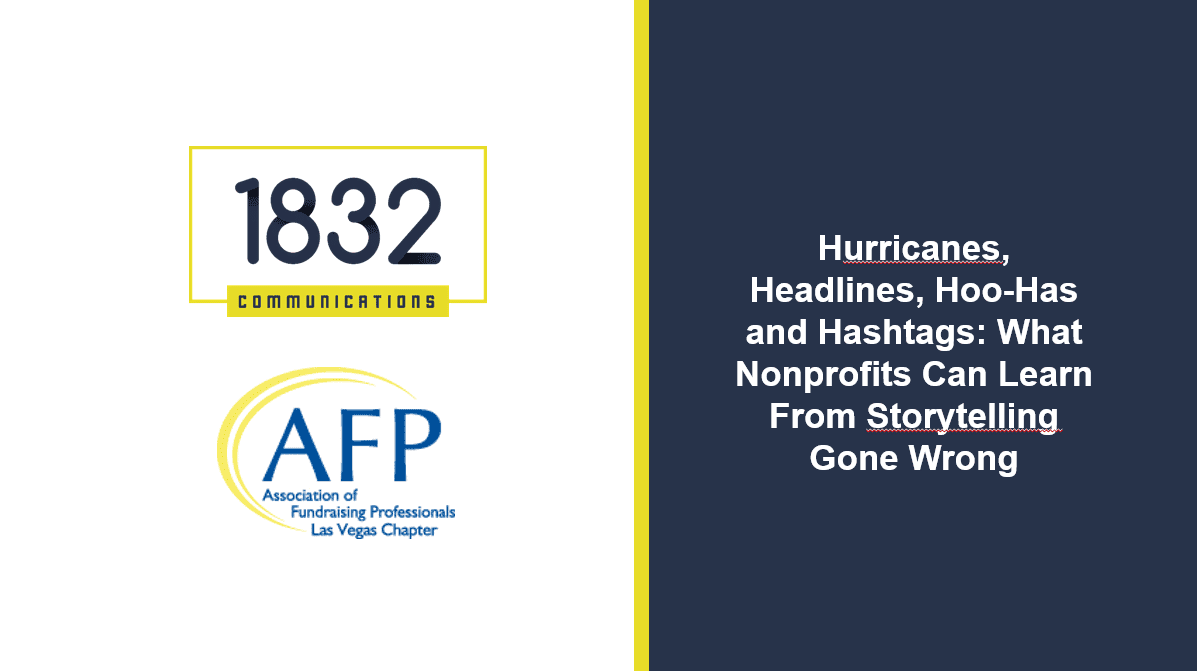When’s the last time you heard a nonprofit CEO declare: “I make too much money. To help our organization, I’m going to resign and find a part-time volunteer to do my job. We’ll use the savings from my salary to help the organization thrive.”
A volunteer fundraiser? Of course not! They have to build relationships with donors. That’s a full-time job.
But a volunteer to manage social media? Website work? Email marketing? For sure because in management’s eyes, that doesn’t directly affect the bottom line.
My eyes when I hear that: 🙄
Why with other duties, besides management and fundraising, do organizations happily outsource as much work as possible to volunteers?
The Cost Of Free
Volunteers are the backbone of almost every single nonprofit I’ve ever come across. Without them, beneficiaries would receive fewer services and have less access to the assistance you’re offering.
The problem is that nonprofits don’t always value what they get in return from their dedicated volunteers. Volunteers are giving their free time to help you further your mission, rather than spending that time on themselves. Time = money and the hours volunteers provide has a monetary value to your organization.
Volunteers should be treated like donors. Relationships developed, gratitude constantly being demonstrated, communicated with often and made to feel special.
Sadly, many nonprofit leaders don’t see it that way. Volunteers are free workers and we know how nonprofits treat their workers. Three words: Underappreciated, overworked, underpaid.
Organizations will take any volunteer time they can get, whether the person is a good fit for the job or not. Why? The word “free” just lights up the eyes of a CEO. If something can be had for free, why pay for it?!
But is “free” really free?

The Cost Of Engagement
Take social media: Yes, the platforms themselves are free. But if we adhere to the time = money principle, then social media definitely costs. The person behind the logo needs to spend a lot of time on multiple platforms creating content and engaging people, in the hopes they eventually become volunteers, advocates, donors and/or share your posts with their friends and followers.
Nonprofit employees and consultants know what can happen when you pass off the task of managing your social media to a very part-time volunteer: The volunteer only has an hour or two per week to post and they’re not around to engage and respond quickly. Eventually, people stop paying attention to your posts. Less eyeballs on posts = less chances to convert followers into donors. But hey nonprofit CEO, at least you didn’t waste precious budgetary resources hiring a marketing pro!
The cost associated with a part-time volunteer managing your online presence isn’t just the lost chances to engage the target audience. There’s also time you have to spend teaching them about your organization’s activities and what you advocate for. If they lack the time to become more knowledgeable about your niche, their posted content will always miss the mark.
Social media, when following a carefully thought out strategy, helps your organization demonstrate field expertise and thought leadership in your sector. A volunteer who knows which filters to use on Instagram but doesn’t understand the topic you’re advocating for? The content won’t hit the mark.
(As an aside, does your organization have rules for volunteers who manage your online presence?)
A properly trained volunteer who has many hours weekly to dedicate to engaging your online audience? That could possibly work. An hour here and there to login and post something? Forget it.
The Cost Of Design
A pet peeve of mine: Building websites and designing printed and digital collateral are not cheap, especially if you want it done professionally and within a time limit. Here’s an example of how this approach can backfire:
In order to save money, the CEO where I once worked decided to search for students learning to become graphic designers and have them design our brochures and annual report. Right now, some of you are nodding your heads side to side because you know what happened next: We found plenty of eager students thrilled to add to their portfolios. What we did NOT get was a single, usable design.
In the end, we wasted time (there’s that money thing again!) and the products weren’t going to be ready on time for a fundraising trip. We hired a professional company, paid extra for a rush job and received beautiful brochures.
Was it worth it? No.
Don’t Rely On Free
This is NOT a blanket indictment of volunteers. It IS a criticism of nonprofits who simply see a way of “saving money” by having a volunteer do any and all jobs that are available.
Volunteers are the best cheerleaders your organization has. Volunteers can build beautiful websites and design stunning reports, raise money and operate programs. But it’s the RELIANCE on getting things for free that hurts many nonprofits.
Free means no deadlines because you can’t demand from a volunteer that they complete a project on time. You can ask nicely, cajole, plead or beg but they have lives to live as well. The same thing can happen when you pay but at least in those cases, you can terminate a contract and try to recoup any losses.
I have always believed you spend a buck to make a buck. That includes overhead, website and marketing collateral. The idea that penny-pinching and seeking free work at every opportunity will benefit the mission is misguided.
My experience has shown the opposite. You do NOT have to spend $50,000 on the sleekest website out there. But if you’re going to use a volunteer, make sure they can show you a portfolio of their past work and they know how to construct a website that is easy to navigate and user friendly.
Using someone just because they’re free? You’re gonna squander opportunities for people to donate via your website. But hey- at least you didn’t spend thousands of dollars on design and development!
Stop Cutting Corners
Many of us in the nonprofit sector are always busy putting out fires and have no time for strategic, long term thinking and planning. As staff is downsized and budgets slashed, the temptation to cut corners when possible is very real. Scarcity mindset at its finest.
But stop and ask yourself, what is the real cost of “free?”
I don’t have an exact number but it’s not cheap.
I help nonprofits build relationships and raise more funds so they can increase program offerings and assist more service recipients in their community. If your fundraising and marketing need an upgrade, let’s talk! Together we’ll ensure your marketing is helping and improving your fundraising efforts.



